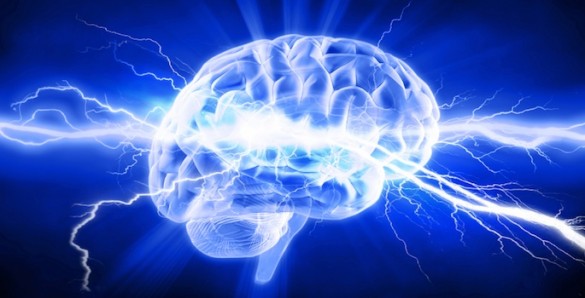
The Vanderbilt University Medical Center epilepsy team has implanted four patients with a device that heralds a new frontier for controlling epileptic seizures.
The RNS System, created by device manufacturer NeuroPace, delivers “responsive neurostimulation,” an advanced technology that detects abnormal electrical activity in the brain and delivers electrical stimulation to normalize the brain activity before a seizure occurs.

“This is the first brain stimulator that is actually sensing and stimulating in response,” said Joseph Neimat, M.D., associate professor of Neurological Surgery. “It is recording and interpreting signals that it gets from the brain to figure out when a seizure is about to happen, and then it shocks that seizure, kind of like defibrillating the heart.
“A similar device would be a cardiac defibrillator that is implanted and senses an arrhythmia and shocks it back to normal,” Neimat said.
Epilepsy is a chronic neurological condition characterized by recurring seizures that affects about 2.3 million adults in the United States. Typical treatments are drug therapy or surgery to remove the part of the brain that causes seizures.
The new RNS System consists of a stimulator that is fitted into a window in the skull and leads that are implanted into the area of the brain where seizures originate.
The leads deliver an imperceptible electrical shock when they sense a seizure developing.
In other neurostimulators, the device is often implanted in the chest with leads threading through the neck into the brain.
Because the RNS System is constantly sensing, any movement in the wire could register as a seizure.
“They had to come up with a way to make it electrically silent, and putting it in the skull is a really elegant solution. Plus it’s more comfortable for the patients, and in the ones we’ve implanted you can’t even tell it is there, except for the incision,” Neimat said.
Externally, the RNS System comes with a laptop computer and a wand that patients hold to their scalp to download the device’s recordings. Neurologists examine the brain activity readings and program the computer’s algorithms to better detect oncoming seizures.
The Food and Drug Administration approved the device in November, and Vanderbilt began implanting patients in June. Four patients have received the RNS System so far.
“Over the summer we were the biggest implanting center in the country. I don’t know if that will last, but we were on the front line adopting this technology outside the original study centers,” Neimat said.
This treatment is indicated for patients whose epilepsy is not controlled through medication and who have seizures occurring in one or two areas of the brain that cannot be removed through surgery, such as motor, language or memory centers.
Neimat said this technology is a paradigm shift in epilepsy treatment.
“We would never take out parts of the brain if we had a way of seeing the seizures and stopping them. I’m hopeful that this device, or future generations of this device, will be a very important contributor to the way we treat epilepsy.”












